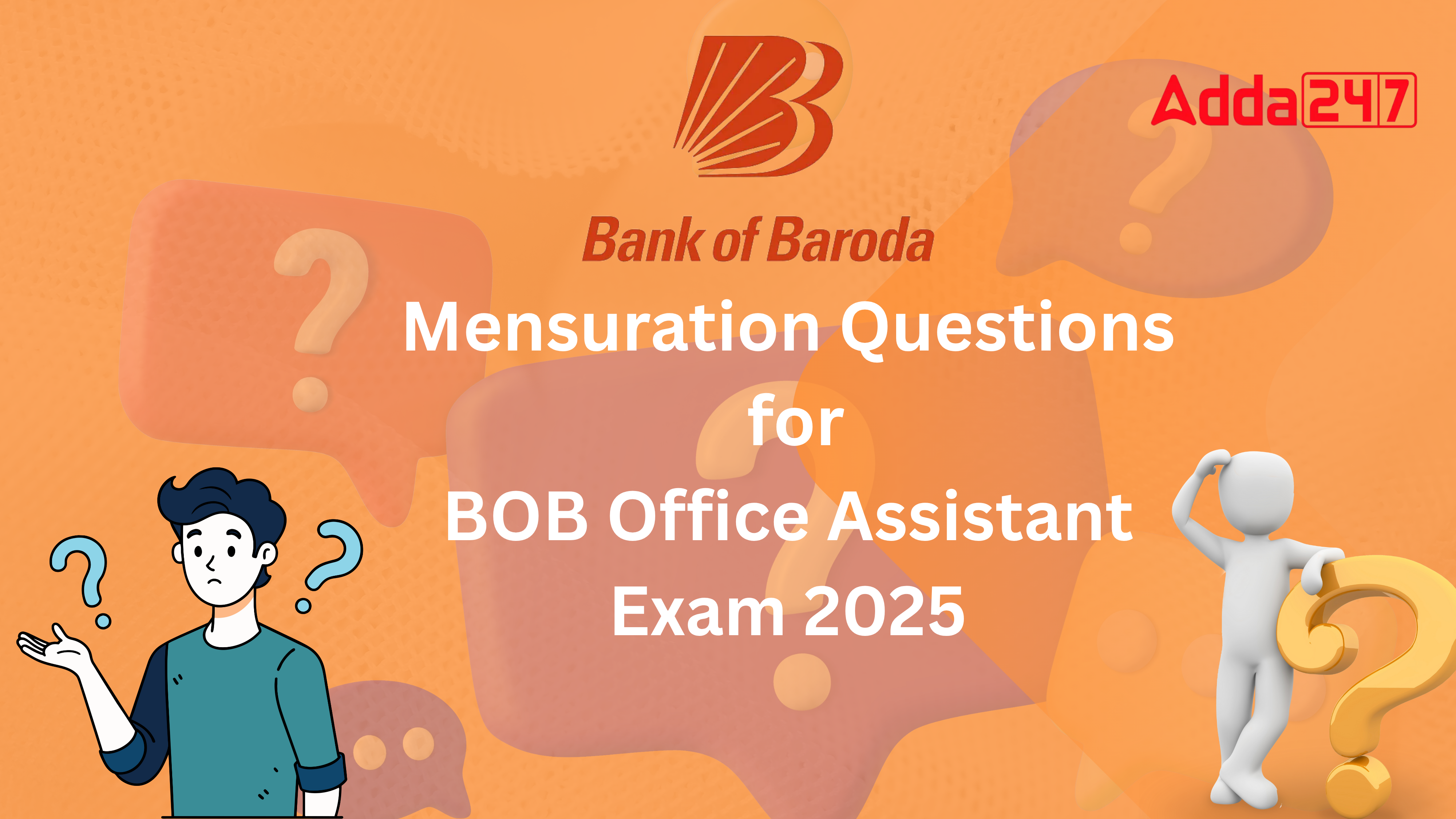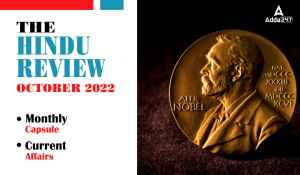Mensuration Questions for BOB Office Assistant Exam 2025 are an essential part of the Quantitative Aptitude section. Mensuration refers to the study of measurement of various parameters such as area, perimeter, volume, and surface area of different geometric shapes. This topic plays a crucial role in the exam as it tests a candidate’s understanding of both 2D and 3D figures using mathematical formulas and logical techniques. To excel in this section, candidates must focus on key concepts, memorize important formulas, and practice regularly with a variety of questions.
Mensuration Questions for BOB Office Assistant Exam 2025
Mensuration is a high-scoring topic, provided the fundamentals are clear. For the BOB Office Assistant Recruitment 2025, candidates should focus on mastering basic concepts, practicing consistently, and analysing their mistakes. With the right strategy and dedication, this topic can significantly boost overall performance in the Quant section.
What is Mensuration?
Mensuration in quantitative aptitude focuses on the measurement of geometric figures and their properties, including length, area, perimeter, volume, and surface area. It involves calculating these parameters for both two-dimensional (2D) shapes such as squares, rectangles, triangles, and circles and three-dimensional (3D) shapes like cubes, cuboids, cylinders, and spheres. These questions are designed as per the latest exam pattern and cover a variety of formats that have been frequently asked in recent banking exams.
Q1. A person converted his circular field into a square field by removing some area of circular field. Find the area of square field if area of the circular field is 288 πm2 and diameter of circular field is equal to diagonal of square field.
(a) 484 m2
(b) 576 m2
(c) 529 m2
(d) 512 m2
(e) 578 m2
Q2. If ratio of length, breadth and height of a cuboid is 1 : 2 : 3 and its area is 88 cm2 then find the volume of a cube having edge length equal to the breadth of the cuboid.
(a) 68 cm3
(b) 44 cm3
(c) 64 cm3
(d) 74 cm3
(e) None of these
Q3. The ratio of the length and the breadth of a rectangular plot is 6 : 5 and the ratio of numerical value of perimeter and the area of this plot is 2 : 15. Find the perimeter of a square whose numerical value of its area is equal to numerical value of the perimeter of the rectangle?
(a) 40 cm
(b) 36 cm
(c) 44 cm
(d) 48 cm
(e) 52 cm
Q4. A sphere and a cube have equal surface areas. Find the ratio of radius of sphere to side of cube.
(a) √21 : 2√11
(b) 21 : 44
(c) 14 : 42
(d) 17 : 46
(e) None of these
Q5.Sum of perimeter of two rectangles is 216 cm and length of both rectangle are in ratio 3 : 2. If breadth of both rectangle are equal to the side of square whose area is 196cm2 Then find sum of area of both rectangle ?
(a) 1120 cm2
(b) 1210 cm2
(c) None of these
(d) 1140 cm2
(e) 1080 cm2
Q6. Height of a right circular cylinder whose volume is 500π cm3 of radius 10 cm, is equal to the diagonal of a square. Then find the perimeter of square?
(a) 10√2 cm
(b) 5√2 cm
(c) 20√3 cm
(d) 20√2 cm
(e) None of these
Q7. The ratio of length to breadth of a rectangle is 7 : 4 and ratio between breadth of rectangle to side of a square is 4 : 5. If perimeter of rectangle is 8 m more than perimeter of square, then find area of rectangle?
(a) 428m2
(b) 448 m2
(c) 416 m2
(d) 424 m2
(e) 414 m2
Q8. Side of square is equal to the length of rectangle. Area of that square is 336 cm2 more than the area of rectangle. If sides of rectangle are in ratio (length: breadth) of 7:4 then find perimeter of square?
(a) 112 cm
(b) 120 cm
(c) 144 cm
(d) 96 cm
(e) 100 cm
Q9. The ratio between length of a rectangle and side of a square is 8 : 9. If breadth of rectangle is 10 cm and perimeter of square is 20 cm more than that of perimeter of rectangle, then find difference between area of square & that of rectangle?
(a) 164 cm2
(b) 172 cm2
(c) 174 cm2
(d) 156 cm2
(e) 144 cm2
Q10.Radius of smaller circle is four-fifth of radius of larger circle. Difference of area of these two circles is 182 cm2 less than twice of area of a square having side equal to radius of smaller circle. Find circumference of bigger circle?
(a) 352 cm
(b) 176 cm
(c) 220 cm
(d) 264 cm
(e) 308 cm
Q11. Area of a given circle is 616 m2 Perimeter of a rectangle is same as perimeter of circle. Find the diagonal of the rectangle if length of rectangle is 20% more than the breadth of the rectangle.
(a) 2√59
(b) 2√62
(c) 4√61
(d) 4√15
(e) 2√65
Q12. The difference of the areas of two squares drawn on 2 line segments of different lengths is 32 cm2. Find the length of the greater line segment, if one is longer than the other by 2 cm.
(a) 9 cm
(b) 12 cm
(c) 10 cm
(d) 8 cm
(e) 6 cm
Q13. A cylinder having height 196 cm radius 14 cm is casted into ‘x’ number of cubes having side 7 cm. Find the value of ‘x’.
(a) 44
(b) 352
(c) 308
(d) 392
(e) 2816
Q14. The circumference of two circles is 132 m and 176 m respectively. What is difference between the area of larger circle and smaller circle? ( in m2)
(a) 1052
(b) 1128
(c) 1258
(d) 1078
(e) 1528
Q15. Curved surface area of a right circular cone is 1.76 m2 and its base diameter is 140 cm. find the height of the cone?
(a) 10 cm
(b) 10 √2 cm
(c) 20√2 cm
(d) 10√15 cm
(e) 15√10 cm
Q16. The length of a rectangle is 12 cm and the side of a square is 14 cm less than the sum of the length and breadth of the rectangle. If the perimeter of the rectangle is 16 cm more than the perimeter of the square, then find the breadth of the rectangle.
(a) 6 cm
(b) 10 cm
(c) 8 cm
(d) 4 cm
(e) 5 cm
Q17. If the ratio of side of square and the radius of the circle is X+3: X and the radius of the circle is 14cm, which is half of the side of the square. Find the perimeter of the square whose side is 3X cm.
(a) 112
(b) 48
(c) 36
(d) 56
(e) 78
Q18. The ratio of difference between area of a rectangle obtained in two cases, first when length of a rectangle is decreased by 4 cm and second when breadth of the original rectangle is increased by 4 cm to the area of rectangle is 4 : 9. Find ratio of numerical value perimeter to area of rectangle.
(a) 2 : 7
(b) 2 : 5
(c) 2 : 11
(d) 2 : 9
(e) None of these
Q19. Length of the rectangle is equal to the side of the square and the breadth of the rectangle is 6 cm. If side of a square is decreased by 4 cm, then the area of square becomes 3 cm2 more than the area of rectangle initially, then find the area of the rectangle (in cm2) initially.
(a) 78
(b) 54
(c) 96
(d) 60
(e) 126
Q20. The radius of a circle is 7 cm and the perimeter of a square having side of (x+5) cm is 9/11th of the circumference of the circle. Find the area of another square whose side is x cm.
(a) 64 cm2
(b) 16 cm2
(c) 25 cm2
(d) 36 cm2
(e) 9 cm2
| Answer Key | |||||||||
| 1 | 2 | 3 | 4 | 5 | 6 | 7 | 8 | 9 | 10 |
| b | c | c | a | a | a | b | a | a | c |
| 11 | 12 | 13 | 14 | 15 | 16 | 17 | 18 | 19 | 20 |
| c | a | b | d | d | c | c | d | a | b |




 GA Capsule for SBI Clerk Mains 2025, Dow...
GA Capsule for SBI Clerk Mains 2025, Dow...
 The Hindu Review October 2022: Download ...
The Hindu Review October 2022: Download ...
 IBPS RRB Clerk Expected Cut off 2025, Ch...
IBPS RRB Clerk Expected Cut off 2025, Ch...








